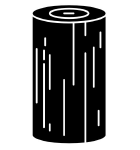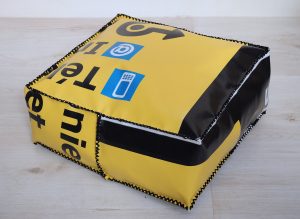Introduction
Straws are typically made from polypropylene plastic, an oil-based lightweight thermoplastic that is safe for contact with food and beverage. Polypropylene is also used to make many types of food packaging such as yogurt containers, bottles and caps.
Steps are now being taken to reduce the amount of straws in use worldwide, most notably in the introduction of Straw bans and “Straws-by-request-only” policies in the UK and areas of California like the Straw Wars Campaign (see Call to Action). Despite this the complete removal of plastic straws from the environment is a long way off. They are still offered in many venues worldwide, from restaurants to juice bars, cafes, cinemas, bars, sports grounds and many more. Now it’s your turn to take action!
Bio-resins are a renewable alternative to polyurethane based plastics (e.g. used in foams, synthetic fibres, carpet underlay, electronic instruments) that requires less energy to manufacture.
This interview is about a career in manufacturing bioresins – Liofyllo (Greece).
Over 500 million straws are used in the United States alone every day. Drinking straws are part of the huge plastics problem of our environment.
Most plastic packaging is used only once; 95% of the value of plastic packaging material, worth $80-120 billion per year, is lost. Additionally, plastic packaging generates other negative consequences, valued conservatively by the UN Environment Programme at $40 billion. At current rates, by 2050 oceans are expected to contain more plastics than fish (by weight), and the entire plastics industry will consume 20% of total oil production, and 15% of the annual carbon budget.
Upcycling Straws into Lampshades – EcoStep Design Contest entry
Straws , like many other plastics, are technically recyclable have very low recycling rates. Many places do not have correct facilities to recycle them. Where facilities do exist, the lightness and small size of straws means that in sorting they do not often make it into the correct disposal lines. Furthermore, they can be blown away easily if they are outside, meaning they often end up in landfill or as litter.












